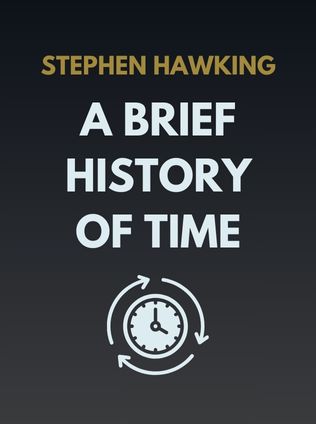
Technological Revolutions and Financial Capital
The Dynamics of Bubbles and Golden Ages
By Carlota Perez
Published 10/2002
About the Author
Carlota Perez is a distinguished scholar in the fields of technology and economics, renowned for her groundbreaking work on the relationship between technological revolutions and economic cycles. Born in Venezuela, Perez has built an impressive academic career that spans multiple continents, contributing significantly to the study of innovation, financial capital, and economic development. Her work draws on a rich blend of history, economics, and technology studies, making her a leading authority in these interdisciplinary fields.
Perez’s academic journey began with a focus on the role of technology in economic change, a theme that has permeated her research for decades. She has held prominent academic positions at institutions such as the University of Sussex, the London School of Economics, and Tallinn University of Technology, where she has influenced countless students and researchers with her insights. Her work is characterized by a deep understanding of historical patterns and a keen ability to apply these insights to contemporary issues, providing valuable perspectives on the future of technology and its impact on society.
Her seminal book, Technological Revolutions and Financial Capital, has been widely acclaimed for its thorough analysis and innovative approach to understanding the cyclical nature of technological change. Perez’s ability to blend historical analysis with theoretical insights has made her a respected figure in both academic and policy circles. Her work continues to inspire discussions on how to manage technological change in a way that maximizes societal benefits while mitigating risks.
Main Idea
Technological Revolutions and Financial Capital presents a compelling argument that the evolution of technology and the dynamics of financial capital are deeply intertwined in driving economic growth. Perez posits that technological revolutions occur in distinct phases, each of which is characterized by a unique relationship between technology, finance, and economic structures. These phases—installation, deployment, and eventual maturity—are crucial for understanding the role of financial capital in fostering innovation and economic transformation.
At the heart of Perez’s thesis is the idea that financial capital is not merely a passive participant in the economic process but a driving force behind the adoption and diffusion of new technologies. While finance is often criticized for fueling speculative bubbles and contributing to economic instability, Perez argues that such bubbles are an inevitable and necessary part of the technological revolution. They provide the necessary investment to build the infrastructure that allows new technologies to flourish and ultimately transform economies.
Perez’s analysis spans over two centuries, identifying five major technological revolutions that have each followed a similar cyclical pattern. By understanding these patterns, Perez believes that we can better anticipate and manage the challenges and opportunities presented by future technological changes.
Table of Contents
- Introduction: The Role of Technology and Finance in Economic Cycles
- The Five Technological Revolutions
- Installation: The Role of Financial Capital in Technological Innovation
- Deployment: The Diffusion of New Technologies
- The Cycle of Boom and Bust: Understanding Financial Bubbles
- Institutional Change and Creative Destruction
- Lessons for the Future: Navigating Technological Revolutions
- Conclusion: The Ongoing Interplay Between Technology and Finance
Introduction: The Role of Technology and Finance in Economic Cycles
In the opening chapter, Perez sets the stage by discussing the symbiotic relationship between technology and finance in driving economic cycles. She introduces the concept of technological revolutions as “a cluster of new technologies, products, and industries causing an upheaval in the economy and propelling a long-term surge in development.” Each of these revolutions, according to Perez, triggers profound changes in the economy, reshaping industries, labor markets, and even societal norms.
Perez emphasizes that these technological revolutions are not random or isolated events but part of a larger cyclical pattern that repeats over time. This pattern is characterized by periods of rapid technological innovation, followed by widespread adoption and eventual maturity. At each stage, financial capital plays a crucial role, first by funding the initial innovation and later by supporting the broad diffusion of the technology.
One of the key insights Perez offers is that economic progress does not occur in a smooth, linear fashion. Instead, it is punctuated by periods of intense innovation and growth, followed by consolidation and sometimes stagnation. Understanding these cycles, Perez argues, is essential for navigating the complexities of modern economies and for making informed decisions about investment, policy, and strategy.
Sign up for FREE and get access to 1,400+ books summaries.
You May Also Like
Rich Dad Poor Dad
What the Rich Teach Their Kids About Money - That the Poor and Middle Class Do Not!
By Robert T. KiyosakiFreakonomics
A Rogue Economist Explores the Hidden Side of Everything
By Steven D. Levitt and Stephen J. DubnerFactfulness
Ten Reasons We're Wrong About the World – and Why Things Are Better Than You Think
By Hans Rosling



















